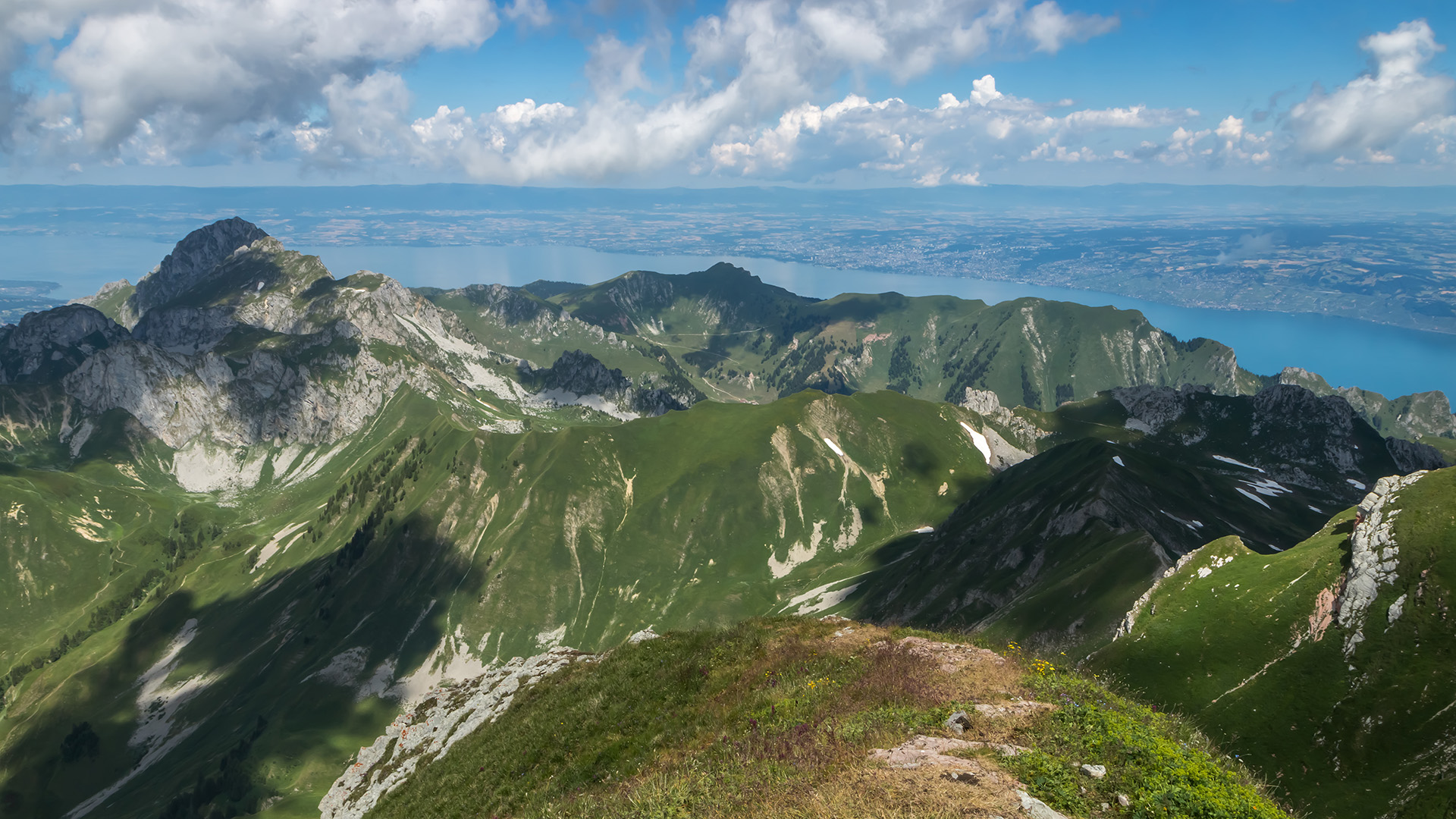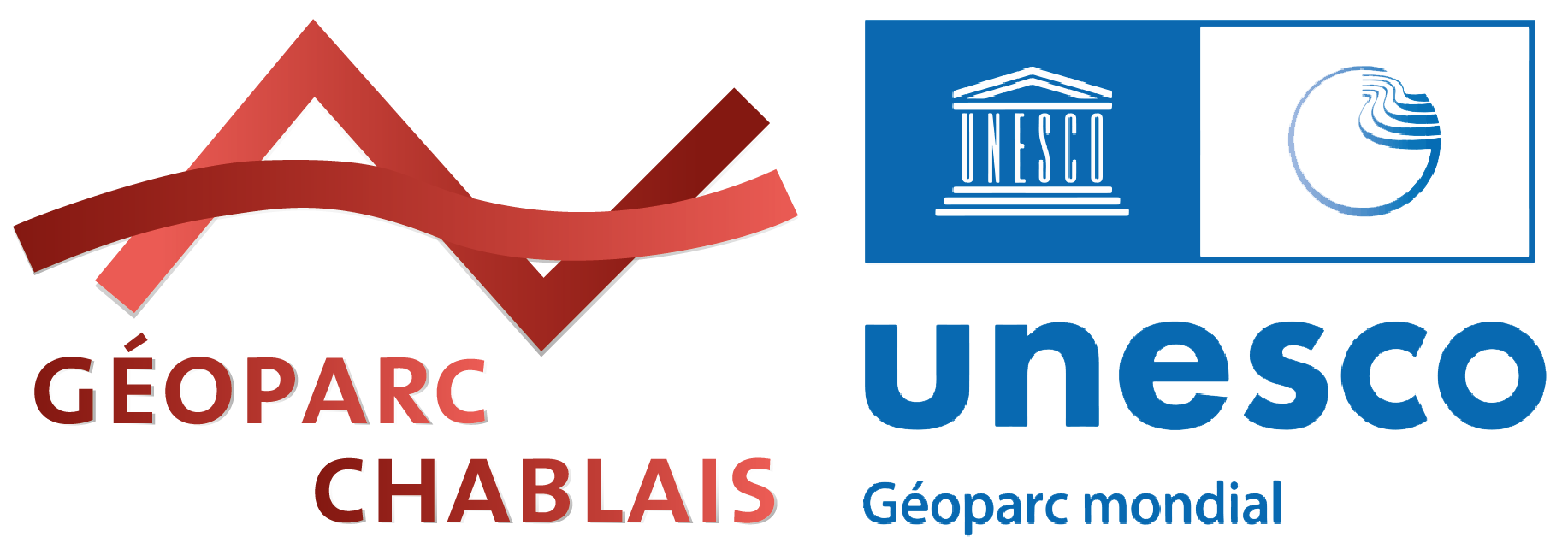UNESCO Global Geoparks form a mosaic in which each fragment represents a chapter in the Earth’s history. The Chablais is unique, with rocks that reveal a history that began 250 million years ago: the formation of the Alps.
A history with three major periods
- The appearance of an ocean (the Tethys or “Alpine” Ocean) that fractured the Pangaea continent. An ocean floor was created.
- A shift in the direction of the tectonic plates, bringing the continents closer together until the central ocean disappeared. A mountain range (the Alps) was created when these plates collided (subduction and orogeny).
- The erosion of mountain ranges due to glaciers and glacial melting (creating valleys) and because of rivers.

These three phases are visible in the 50 km that separate Thonon-les-Bains from Morzine, allowing us to understand the history of the Earth and the formation of landscapes. This is why the Chablais’ subalpine mountain range (Prealps) has geological heritage of such exceptional value.
Located on the edge of the Alpine range, the unique geology of the Prealps strongly impacts the unique geography, cultural heritage, and economic development of the area.
Before the mountains, there was an ocean
The sediments at the bottom of the Alpine Ocean formed rocks that were folded, fractured, and raised up, creating the incredible sights that can now be found all over the Chablais.

A journey through the geosites allows us to travel back in time and reveals hundreds of millions of years of structural development, tens of thousands of years of glacial activity, and thousands of years of human presence and exploitation of mineral and aquifer resources.


